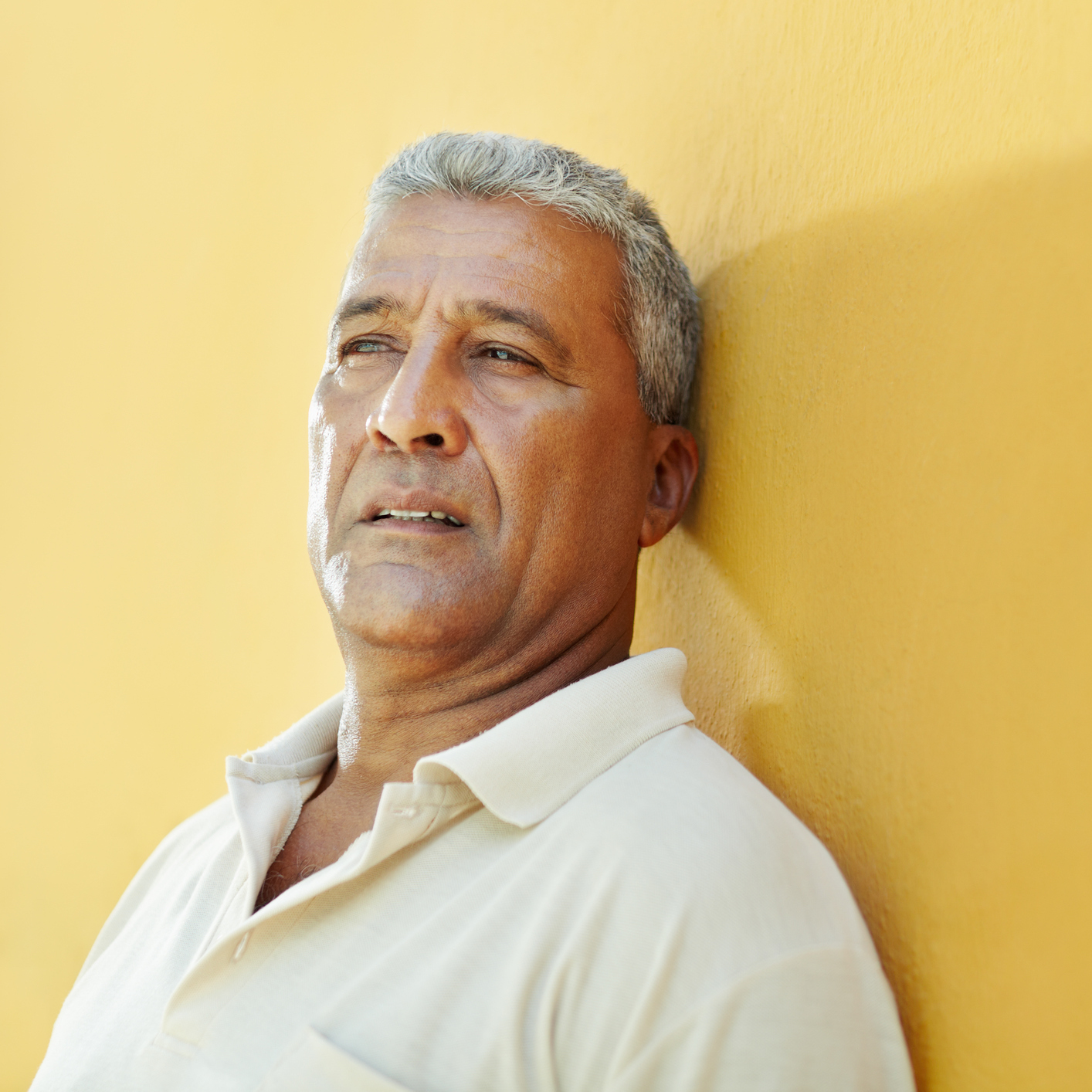
Since 2000, the number of U.S. jobs has grown by 17 million. All that growth has been among workers aged 55 and older, and some economists think that the aging workforce is holding down U.S. economic growth.
Prime-age workers — those between the ages of 24 and 54 — hold nearly 100 million jobs, making them both the most numerous and most productive cohort among U.S. workers.
William Emmons of the St. Louis Federal Reserve reported the data yesterday in a blog post.
According to Emmons, the rapid aging of the U.S. workforce cannot continue at this pace because the rapid growth of older workers won’t continue as the impact of the baby boom generation declines. The share of the total U.S. adult population rose from 27% to 36% between 2000 and 2017, an unprecedented growth rate and one that is near its end.
In those same years, the employment-to-population ratio of Americans 55 or older rose from 31% to 39% and declined from 77% to 72% among people under 55. While it’s possible that this trend could continue, it is unlikely, according to Emmons.
Over the next 10 years, workers 55 and older are expected to become a slightly larger portion of the U.S. workforce, rising from 23.1% in 2017 to 23.7% in 2027 before dropping to 22.8% in 2037. Workers over the age of 65 comprised 6.2% of the U.S. workforce in 2017, but that percentage is forecast to rise to 8.4% in 2027 and 8.7% in 2037.
The good news both for younger (than 55) workers and for U.S. economic growth is that while the cumulative growth in employment by workers under 55 is forecast to overtake the cumulative growth by older workers in 2021 and rise much more rapidly until around 2040.
Emmons comments on the graying of the U.S. workforce:
If it’s true that our aging workforce has held back economic growth in recent years, then the likely return to more normal patterns of job growth by age group is a reason to be optimistic. The Census Bureau expects the age structure of the population to shift permanently toward an older population, but the most rapid changes relevant for the workforce will have occurred within the next decade or so.
For more tables and data visit the St. Louis Fed blog.
For additional insight on how the increase in older workers has affected U.S. economic growth, see this paper published last May by the Brookings Institution.
Travel Cards Are Getting Too Good To Ignore
Credit card companies are pulling out all the stops, with the issuers are offering insane travel rewards and perks.
We’re talking huge sign-up bonuses, points on every purchase, and benefits like lounge access, travel credits, and free hotel nights. For travelers, these rewards can add up to thousands of dollars in flights, upgrades, and luxury experiences every year.
It’s like getting paid to travel — and it’s available to qualified borrowers who know where to look.
We’ve rounded up some of the best travel credit cards on the market. Click here to see the list. Don’t miss these offers — they won’t be this good forever.
Thank you for reading! Have some feedback for us?
Contact the 24/7 Wall St. editorial team.
 24/7 Wall St.
24/7 Wall St.

